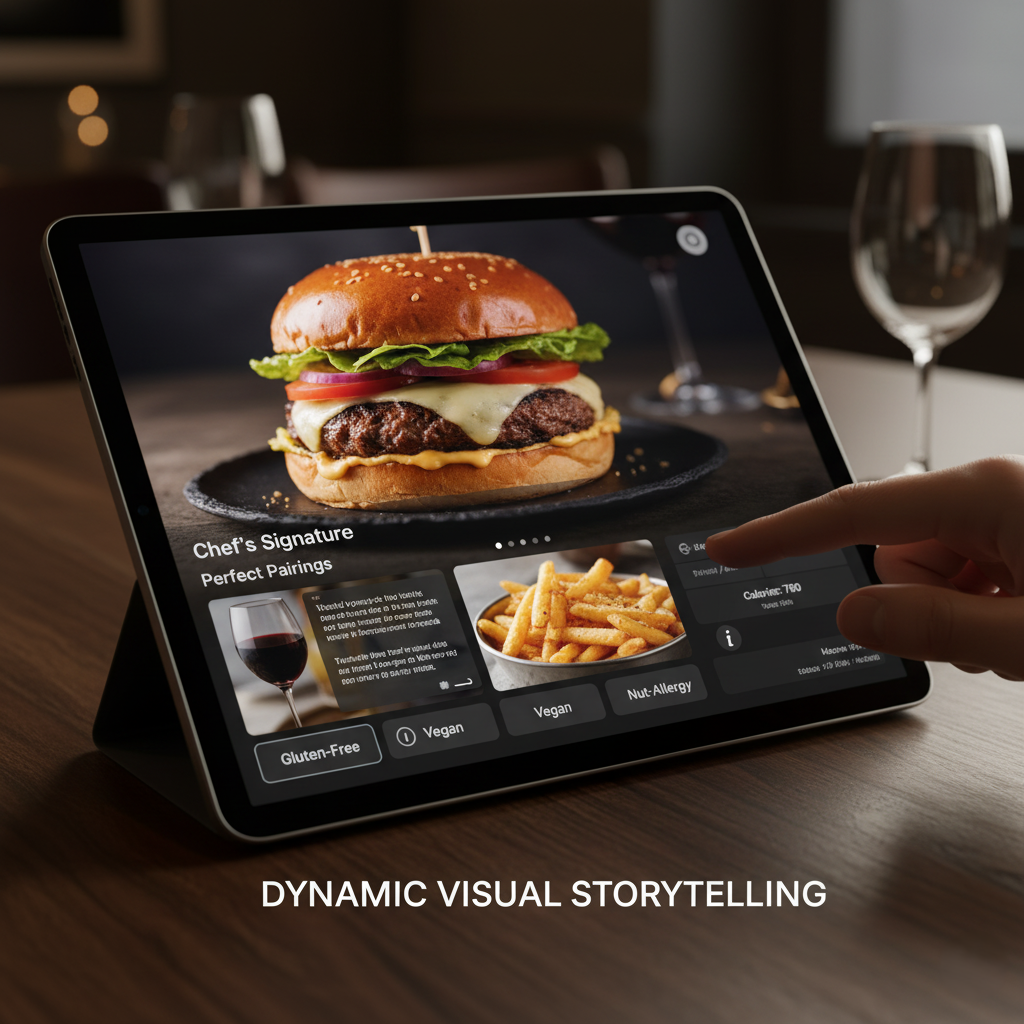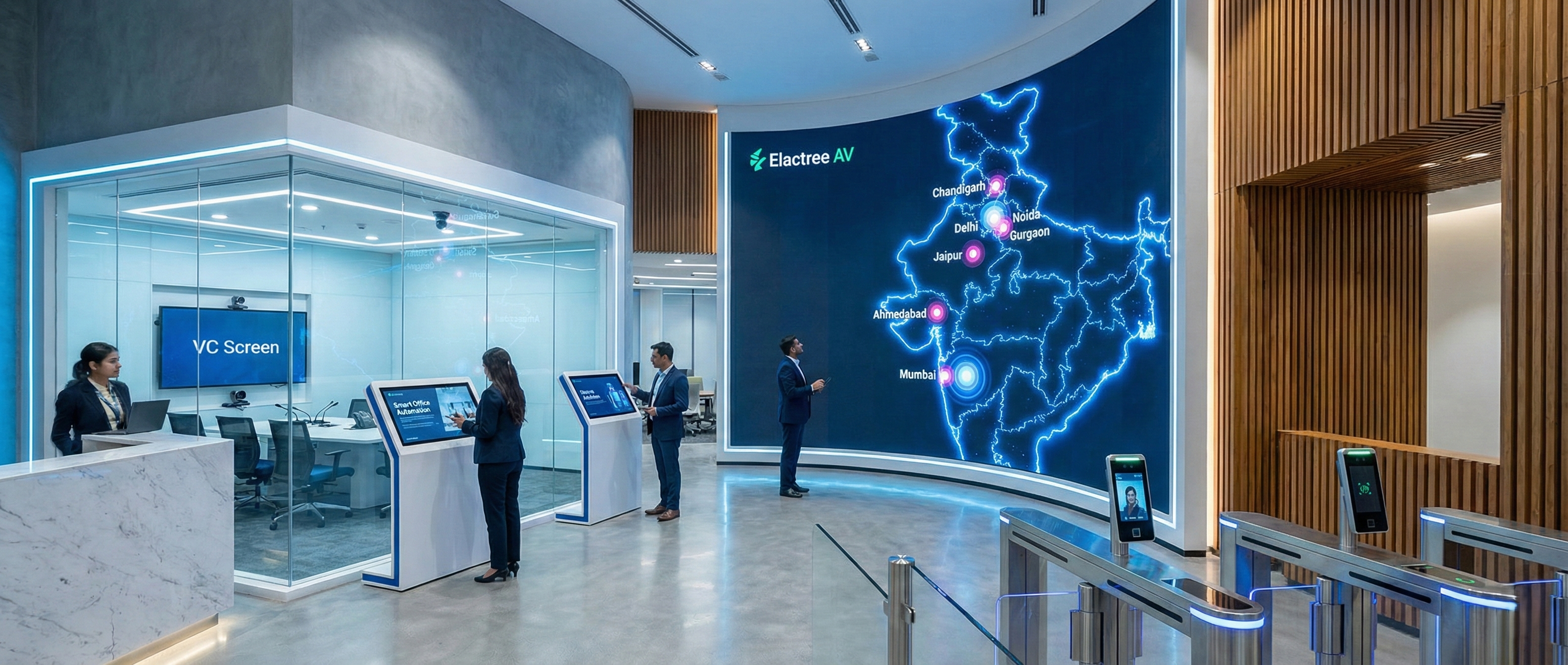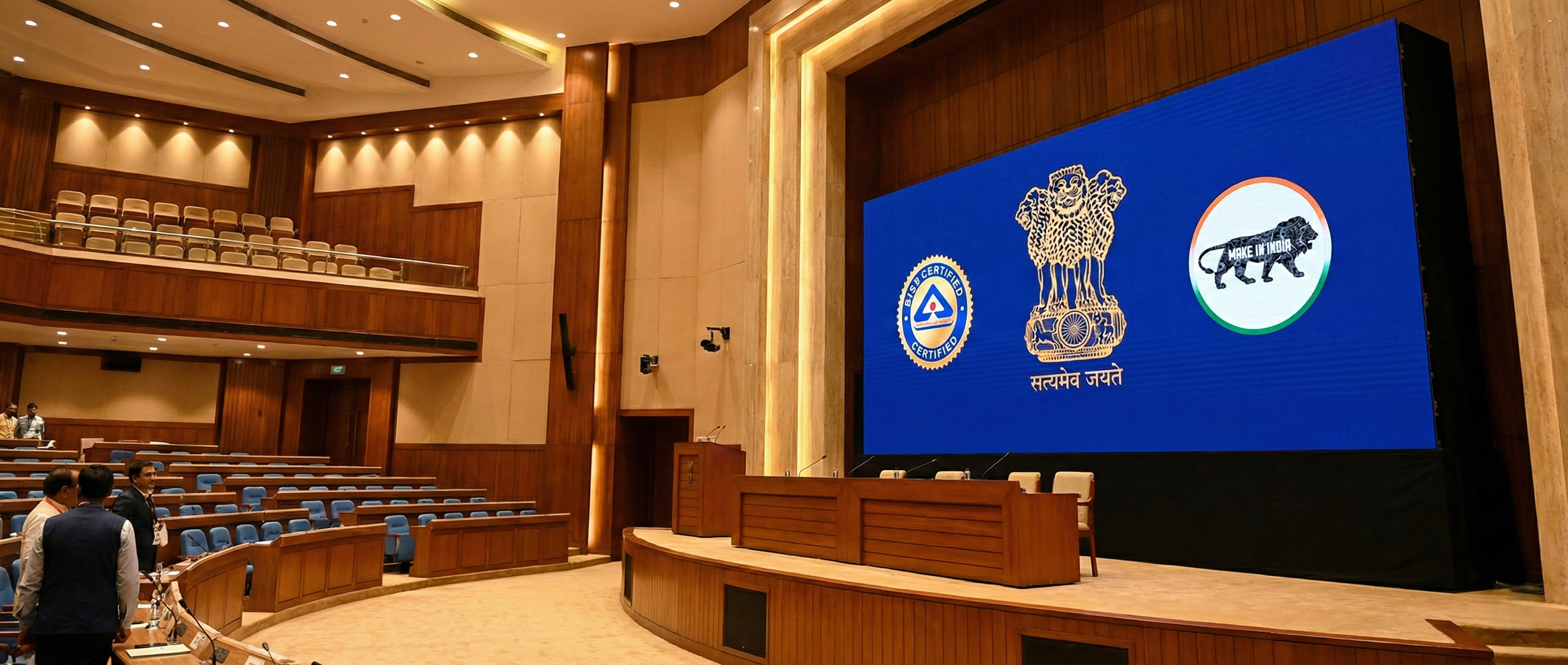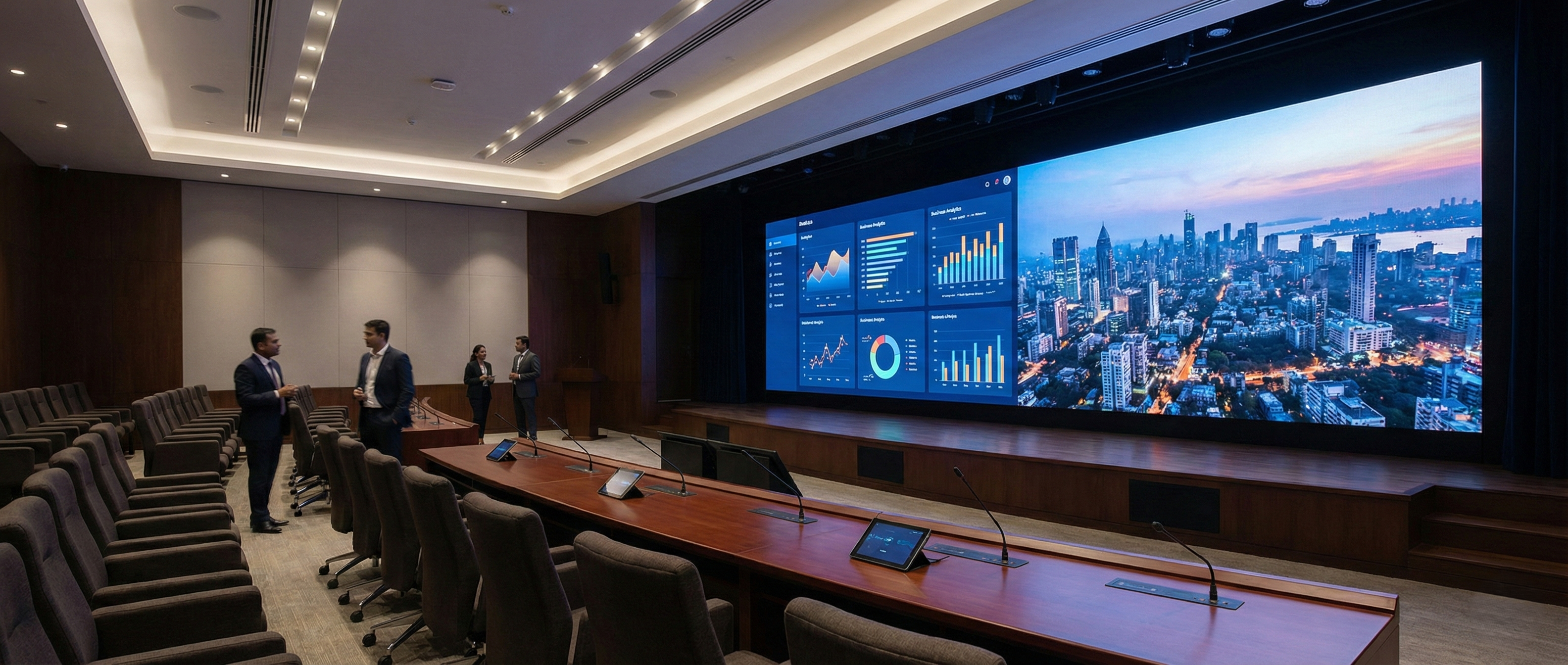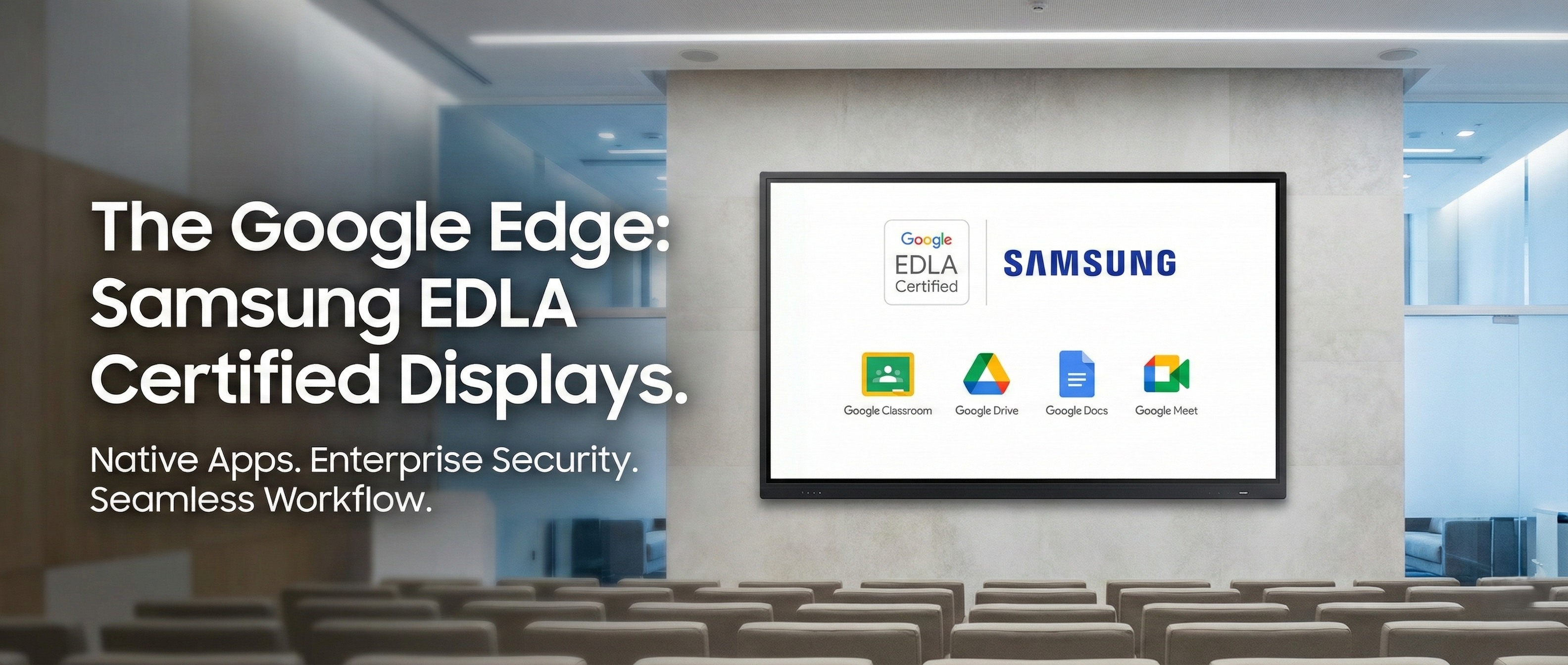The QR Code Was Just the Appetizer
Let's be honest: the QR code was the pandemic's unlikely restaurant hero. It provided a touchless, instant, and low-cost way for diners to see what was on offer. But for most, that's where the innovation stopped. Tapping a QR code often just leads to a static PDF—a digital clone of the paper menu, complete with zoom-and-pinch frustrations.
That was the appetizer. The main course is here.
True interactive menus—whether on a tabletop tablet, a sleek kiosk, or even a customer's own device via an advanced web app—are the next evolution. They're not just a list of items; they're a dynamic, intelligent platform for enhancing the entire dining experience.
For restaurant owners and managers looking at the next wave of hospitality tech, here are five ways interactive menus are moving far beyond the simple QR code.
1. Intelligent Upselling and Perfect Pairings
A paper menu can't interact with a diner's choices. It passively hopes they'll see the "sides" section.
An interactive menu acts like a trained, digital sommelier and server.
When a customer adds a steak: A prompt can ask, "Would you like to add our popular creamed spinach or a side of sautéed mushrooms?"
When they select a main course: The menu can showcase three "Perfectly Paired" wines or craft beers, complete with tasting notes.
The Benefit: This guided, contextual upselling feels like a helpful service, not an aggressive sales pitch. It's a proven way to increase average order value (AOV) while genuinely enhancing the guest's meal.
2. Dynamic Visual Storytelling (and Total Transparency)
We eat with our eyes first. A text description like "Chef's Signature Burger" pales in comparison to a high-resolution photo of that perfectly cooked burger, or even a 10-second sizzle video.
Interactive menus turn your menu into a visual gallery. But it's not just about "food porn." This visual real estate is also perfect for:
Dietary Filters: Guests can tap "Gluten-Free," "Vegan," or "Nut-Allergy," and the menu instantly filters to show only their safe and relevant options.
Calorie and Macro Info: A simple "i" icon next to an item can pop up detailed nutritional information for health-conscious diners.
The Benefit: Diners order with more confidence, and trust is built through transparency. This simple filtering feature saves staff time and prevents ordering errors.
3. Seamless Self-Ordering and Instant Payments
The single biggest friction point in dining? The wait. Waiting to order, waiting for a drink refill, and—most painfully—waiting for the check.
Interactive menus put the controls back in the customer's hands.
Order on Demand: Guests can order their first round of drinks the moment they sit down.
"Another Round, Please": They can add that second glass of wine or a dessert without having to flag down a busy server.
Pay at the Table: When finished, they can split the bill, add a tip, and pay via card or digital wallet right at the table.
The Benefit: Table turnover rates increase significantly. Customer satisfaction soars because they're on their own schedule. And it frees up your staff from running credit cards, allowing them to focus on higher-value tasks like hosting, delivering food, and making personal connections.
4. Real-Time Menu Updates and Data-Driven Insights
You just sold your last portion of salmon. On a paper menu, this means a server has to apologize to a guest after they've already decided what they want.
With a digital menu, the chef or manager can "86" the salmon from the back office, and it's instantly removed from every menu in the restaurant. But the real power is in the data:
Know Your Stars: You can see exactly what's selling, at what time, and what it's being paired with.
Test and Learn: Want to test a new cocktail? Add it to the menu for one night and see exactly how many people click on it and order it.
The Benefit: You get a crystal-clear, real-time picture of your business. This allows for smarter inventory, less food waste, and menu engineering based on hard data, not just guesswork.
5. Integrated Entertainment and Instant Feedback
What happens during the "dwell time"—the 10-15 minutes between ordering and the food arriving? Usually, customers just stare at their phones.
Interactive menus can "own" that time.
Engage and Entertain: Offer table-side trivia games (great for families), a "Meet the Chef" video, or a timeline of the restaurant's history.
Capture Feedback Privately: This is perhaps the most underrated feature. At the end of the meal, the payment screen can ask, "How was everything? (1-5 stars)."
The Benefit: You provide a better experience for guests (especially families with kids) and, crucially, you capture any negative feedback before it becomes a 1-star public review on Google or Yelp. This gives you a chance to fix a problem (e.g., "A manager will be right over") while the guest is still in-house.
The Future of Dining is More Than Just a Link
The humble QR code proved that diners are ready and willing to use technology at the table. But it was just the beginning.
The real revolution isn't in just viewing a menu—it's in interacting with it. Interactive menus create a dining experience that is smoother for the customer, more efficient for your staff, and far more profitable for your business.
Is your restaurant ready to move beyond the link? Explore Elactree's full range of interactive display and digital menu solutions to build the dining experience of the future.

